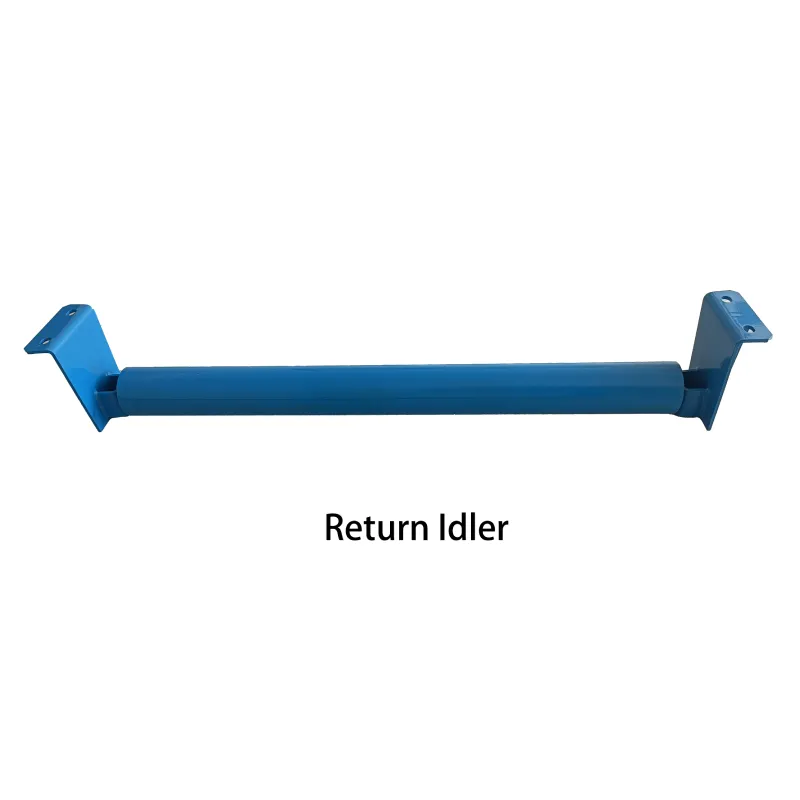 Afrikaans
Afrikaans  Albanian
Albanian  Amharic
Amharic  Arabic
Arabic  Armenian
Armenian  Azerbaijani
Azerbaijani  Basque
Basque  Belarusian
Belarusian  Bengali
Bengali  Bosnian
Bosnian  Bulgarian
Bulgarian  Catalan
Catalan  Cebuano
Cebuano  Corsican
Corsican  Croatian
Croatian  Czech
Czech  Danish
Danish  Dutch
Dutch  English
English  Esperanto
Esperanto  Estonian
Estonian  Finnish
Finnish  French
French  Frisian
Frisian  Galician
Galician  Georgian
Georgian  German
German  Greek
Greek  Gujarati
Gujarati  Haitian Creole
Haitian Creole  hausa
hausa  hawaiian
hawaiian  Hebrew
Hebrew  Hindi
Hindi  Miao
Miao  Hungarian
Hungarian  Icelandic
Icelandic  igbo
igbo  Indonesian
Indonesian  irish
irish  Italian
Italian  Japanese
Japanese  Javanese
Javanese  Kannada
Kannada  kazakh
kazakh  Khmer
Khmer  Rwandese
Rwandese  Korean
Korean  Kurdish
Kurdish  Kyrgyz
Kyrgyz  Lao
Lao  Latin
Latin  Latvian
Latvian  Lithuanian
Lithuanian  Luxembourgish
Luxembourgish  Macedonian
Macedonian  Malgashi
Malgashi  Malay
Malay  Malayalam
Malayalam  Maltese
Maltese  Maori
Maori  Marathi
Marathi  Mongolian
Mongolian  Myanmar
Myanmar  Nepali
Nepali  Norwegian
Norwegian  Norwegian
Norwegian  Occitan
Occitan  Pashto
Pashto  Persian
Persian  Polish
Polish  Portuguese
Portuguese  Punjabi
Punjabi  Romanian
Romanian  Russian
Russian  Samoan
Samoan  Scottish Gaelic
Scottish Gaelic  Serbian
Serbian  Sesotho
Sesotho  Shona
Shona  Sindhi
Sindhi  Sinhala
Sinhala  Slovak
Slovak  Slovenian
Slovenian  Somali
Somali  Spanish
Spanish  Sundanese
Sundanese  Swahili
Swahili  Swedish
Swedish  Tagalog
Tagalog  Tajik
Tajik  Tamil
Tamil  Tatar
Tatar  Telugu
Telugu  Thai
Thai  Turkish
Turkish  Turkmen
Turkmen  Ukrainian
Ukrainian  Urdu
Urdu  Uighur
Uighur  Uzbek
Uzbek  Vietnamese
Vietnamese  Welsh
Welsh  Bantu
Bantu  Yiddish
Yiddish  Yoruba
Yoruba  Zulu
Zulu Understanding Different Types of Conveyor Pulleys for Efficient Material Handling
Conveyor Pulley Types
Conveyor pulleys are essential components in the material handling industry. They are used to support and guide conveyor belts in various applications, from mining and manufacturing to distribution centers. Understanding the different types of conveyor pulleys is vital for choosing the right components for specific operational needs, enhancing efficiency, and minimizing downtime.
Driving Pulleys
Driving pulleys, also known as head pulleys, are typically located at the discharge end of the conveyor system. These pulleys are responsible for driving the conveyor belt forward. They are equipped with a motor, which provides motion to the belt. Due to their critical function, driving pulleys are generally designed for high torque and must withstand considerable wear over time. They are often outfitted with lagging, a rubber covering that improves friction and grip, ensuring effective belt traction and preventing slippage.
Tail Pulleys
At the opposite end of the conveyor system from the driving pulley is the tail pulley. This component serves several purposes it helps to support the weight of the return belt, maintains belt tension, and assists with the overall alignment of the belt. Tail pulleys are usually constructed from durable materials to withstand harsh environments and lower wear. They are often not equipped with motors, but can be assembled with a pulley that helps to return the belt back for another cycle.
Bend Pulleys
Bend pulleys, as the name implies, are used to change the direction of the conveyor belt. These pulleys are strategically placed along the conveyor path to guide the belt around bends and corners. Bend pulleys are designed to minimize the friction and wear that can occur due to the belt's change in direction. They can be used in various configurations, such as 30-degree, 45-degree, or 90-degree bends, depending on the specific layout of the conveyor system.
conveyor pulley types

Snub Pulleys
Snub pulleys are employed to enhance belt tension and improve the operational efficiency of the conveyor. These pulleys help increase the contact area between the conveyor belt and the driving pulley, which can significantly improve the grip and reduce slippage. Snub pulleys are typically smaller than the primary pulleys and are oriented to apply additional pressure on the belt against the driving surface. This added contact area is particularly advantageous in heavy-duty applications.
Take-Up Pulleys
Take-up pulleys play a crucial role in maintaining the proper tension of the conveyor belt. They are used in conjunction with take-up systems that adjust the position of the belt to account for wear and stretching over time. By having a take-up pulley, operators can easily adjust the belt tension without needing to replace the entire system or make extensive modifications. This helps to ensure smooth operation and prolongs the lifespan of the conveyor belt.
Drum and Cheek Pulleys
Drum pulleys are cylindrical and are often used in applications where belt tracking is critical. They can be either powered or non-powered and serve to guide the belt along its path. Cheek pulleys, on the other hand, are often located at the sides of the conveyor and work to support the exact alignment of the belt, minimizing potential misalignment issues.
Conclusion
In conclusion, understanding the various types of conveyor pulleys is vital for anyone involved in material handling. Each type of pulley—driving, tail, bend, snub, take-up, drum, and cheek—plays a specific role in ensuring the effective and efficient operation of conveyor belts. By selecting the appropriate pulleys based on the unique requirements of a project, companies can improve operational efficiency, reduce maintenance costs, and enhance the overall safety of their material handling systems. Proper selection and maintenance of conveyor pulleys are essential to achieving optimal performance and longevity.





























